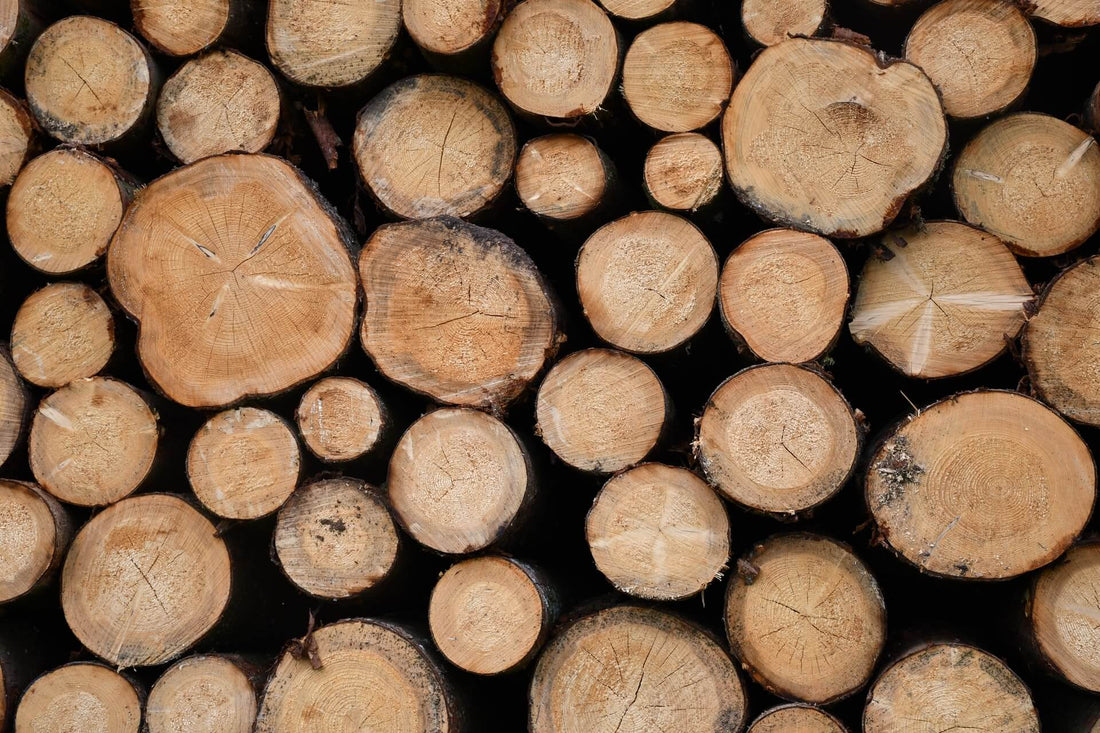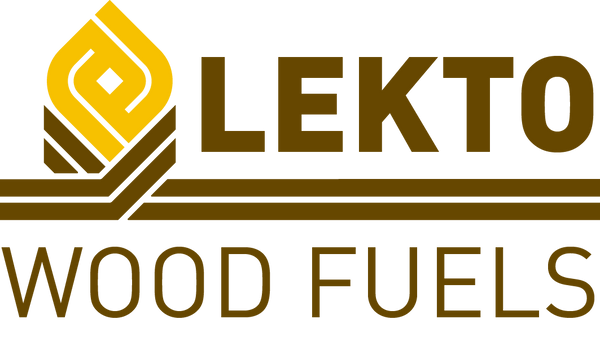
What Is Wet Wood & Why Should You Avoid It?
You’re likely to have heard a lot of negative comments about wet wood, with people emphasising the importance of burning dry wood with as low a moisture-content as possible instead. With this in mind, you may be wondering, what is wet wood? And, more importantly, why should it be avoided? Let’s find out.
What is wet wood?
Luckily, answering the question “what is wet wood” is nice and straightforward as the definition is pretty self-explanatory. “Wet wood” is, quite simply, wood that has a high moisture content. That’s any wood with a moisture content that is higher than 20%.
All wood is naturally high in moisture, with overall moisture content varying based on when the wood was cut, and the species and health of the tree. However, whilst wood is naturally high in moisture, wood that is intended for use as firewood should be properly dried out before it is burnt. Wood that has not been properly dried out is unfit for use. Let’s take a closer look at why.
What’s the problem with burning wet wood?
Now that we’ve looked at the question of “what is wet wood”, let’s take a look at why it should be avoided.
Wood that is wet struggles to burn efficiently (or fails to burn at all), and produces nasty byproducts that are bad for the environment and human health. Here’s how:
Decreased efficiency
Due to its high moisture content, wet or “green wood” as it’s often referred to, takes longer to catch fire, or in some cases, will struggle to catch fire at all. This is because more energy is required to burn the moisture off and get the fire up to temperature. There is a lower heat output than burning dry wood, and it can be more difficult to keep the fire going.
Harmful to the environment
Green wood doesn’t burn cleanly and produces harmful pollutants. In fact, burning wet wood has been identified as one of the largest producers of the serious pollutant PM 2.5. The environmental impact of this is so detrimental that the government has implemented plans to phase out the sale of wet wood by 2023. So, you can see why there are a lot of questions surrounding “what is wet wood” at the moment, and why it’s such a concern.
Danger to human health
The pollutants produced by wet wood are not only bad for the environment, but also for human health. Studies have shown that high levels of exposure to the pollutant PM 2.5 can have serious implications for the lungs and bloodstream. Burning wood like this can also cause creosote to build up in your chimney, which could be a potential fire hazard.
What type of wood should I be burning?
Through discussing the question of “what is wet wood & why should you avoid it”, you can see that there are many harmful effects of burning this type of wood. Not to mention, you won’t be able to buy it by 2023 anyway. So, what fuel should you be using instead? The answer is ‘clean fuels’ that have been properly dried out, such as kiln-dried firewood.

All Lekto Wood Fuels have been sourced sustainably, are free from chemicals and have been dried out to provide an exceptionally low moisture content, that is always below 20%. We have a range of hardwood heat logs, sawdust briquettes and kiln-dried firewood options, all of which conform to the government’s clean air strategy. You can browse our full range of wood fuels on our website, and don’t hesitate to get in touch for further information on any of our products.

